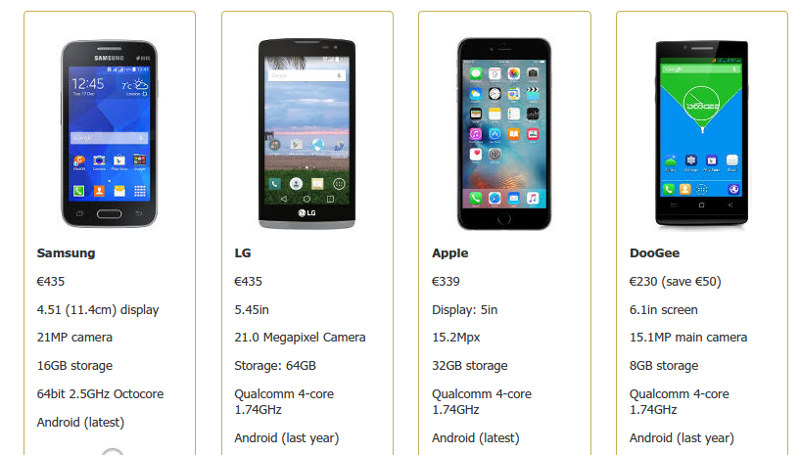Conjoint by design
 Cxoice Survey Technologies have always been focused on advanced methods like conjoint analysis, and the need to create better and more realistic designs for conjoint analysis and other trade-off research techniques such as BPTO.
Cxoice Survey Technologies have always been focused on advanced methods like conjoint analysis, and the need to create better and more realistic designs for conjoint analysis and other trade-off research techniques such as BPTO.
While standard conjoint analysis can be powerful, it tends to have the same look and feel, and can lack realism compared to real-life purchasing tasks, and feel repetitive for respondents who perceive they are being asked the same question for each choice task. Cxoice makes designs flexible and customisable, increasing realism and making the conjoint tasks more enjoyable.
Increasing realism in conjoint analysis
Classic conjoint analysis is used widely for product development and pricing research and is well established as a core market research technique. The aim of conjoint analysis is to identify what drives customer's purchasing decision making, consequently presenting options that are realistic and feel like a real purchase decision generates the best data.
In particular, this is why conjoint analysis requires attention to detail in the creation of attributes and levels in order to make them relevant and accurate to a purchase decision. We describe this as making them read like the description on the side of a packet.
Realism also comes into the overall conjoint design task itself. How the whole task looks and is set up matters to replicate more of the purchase decision feel. Image, layout and design matter. Getting control and flexibility over what we show and how we show it has been a driving force behind the conjoint arm of our Cxoice Survey Technologies.Tools include textual noise, layout options up to and including e-commerce mock-ups, images and structured designs such as 'full-to-empty' for feature cascades across categories.
Adding to the portfolio of choice tasks and techniques
In large conjoint designs, and areas with a lot of visual prompt material techniques are needed to sift through, rate and select items that can then feed into customer choices. To cope with these surprisingly common needs, we have created techniques such as the 'hotcold' (thumbs-up/thumbs-down) question types for unforced scales, click-to-rank options, anchored scales and non-linear questionnaire techniques where respondents choose what areas to respond to.
In pricing, we created adaptive techniques like brand-price-trade-off and pricing ladders where prices are adjusted according to previous answers. By building on our our software platform we have a range of unique question types and approaches to solve bespoke choice tasks, and are able to add to our portfolio such as using time-limited choices.
Developing better reporting
The creation of new question types also created a need for better ways to report and show results. Powerpoint is not the only option. We produce dynamic live-data based reporting with instant drill-downs and on-chart sorting to better explore the data. And we provide market models and simulators that can identify optimisation points across a set of complex options. Cxoice Survey Technologies came about because we needed to solve real problems in real survey projects, efficiently and effectively.
For help and advice on Cxoice Survey Technologies for projects or to get access to the full suite of insight generation tools contact info@dobney.com